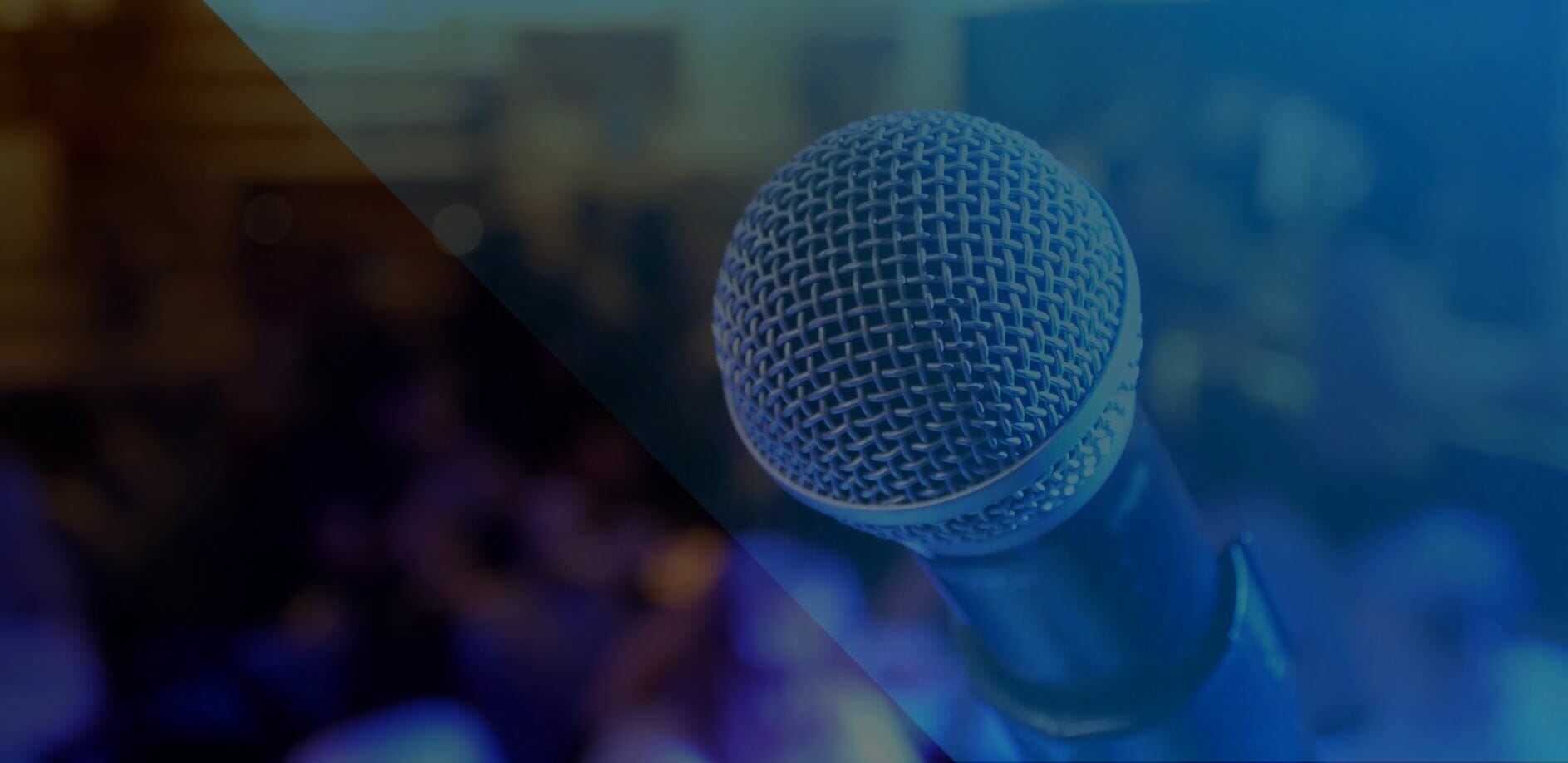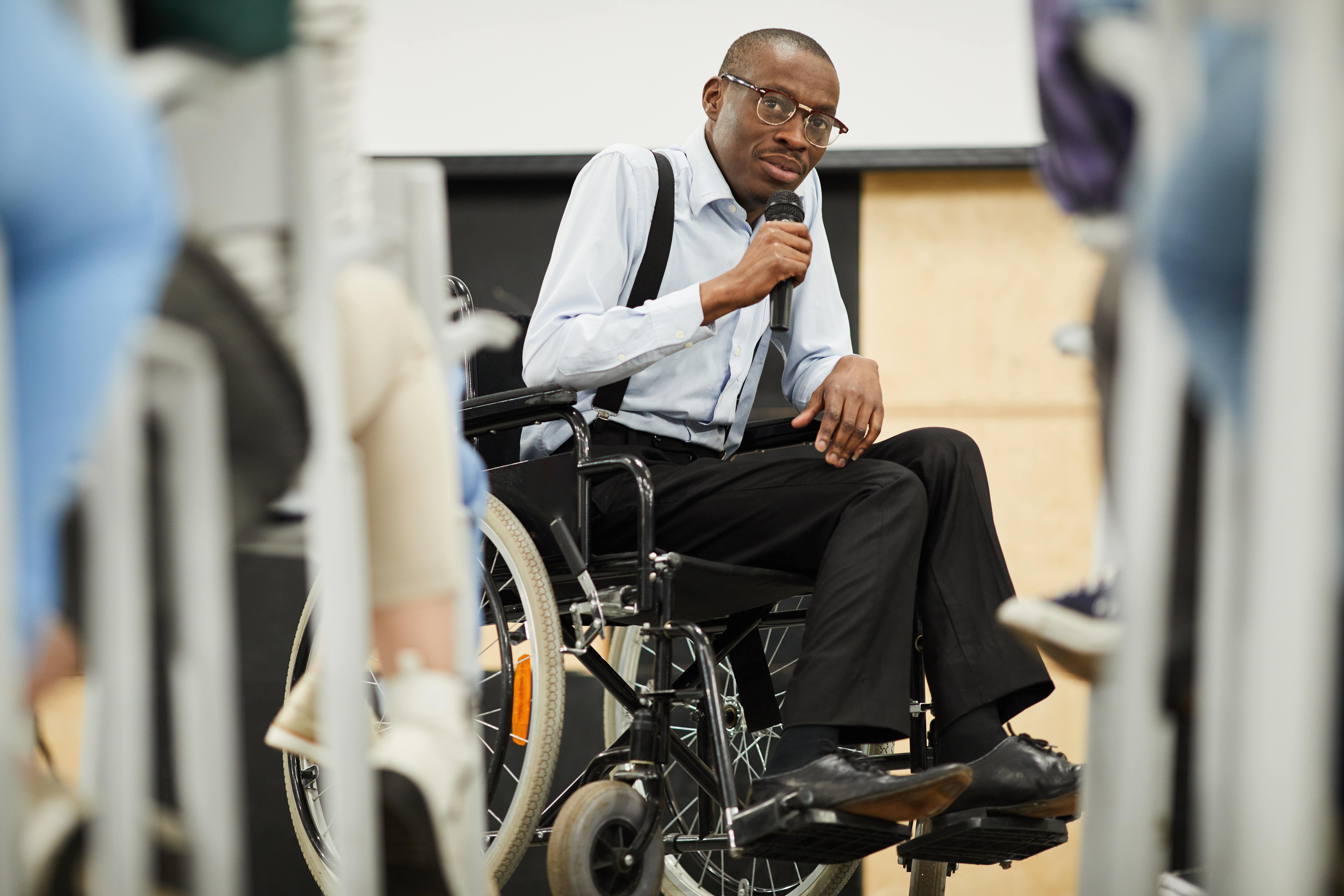
Improve Your Presentation: 3 Ways to Take Your Speech from Good to Great
There are a few powerful moves you can make to take your speeches from good to great.
A lot of these small-but-mighty adjustments are easily overlooked. But, when implemented, they can transform your speech into a more memorable, remarkable presentation that can help spur huge career growth.
Last year, Patricia Fripp, CSP, CPAE (known as “THE Presentation Skills Expert”) hosted one of our Be a Better Speaker webinars to share her proven principles. While we can’t share all the details from that fantastic hour-long presentation here, we can share an overview of the principles that will vastly improve your speeches.
(Attention NSAMembers! You can watch the entire presentation as often as you like! Just go to your NSA OnDemand, and look for the Be a Better Speaker webinar “Want to Learn Three Secrets That Make a Good Presentation Great?”).
Tip #1 to Improve Your Presentation: Speak as an Audience Advocate
Remember, everyone, including your audience, is more interested in themselves than almost anything, or anyone, else.
They won’t care about you or your topic unless you make it of interest to them. And how do you make sure your subject is of interest to your audience? How do you guarantee they’re “into” it?
Here’s a pro tip from Patrictria Fripp: use as much you-focused language as possible to bring the audience into your message.
What does that look like in practice? Some example phrases include:
- How often have you…
- Think back to when…
- It might interest you to know…
- If you had first met me when…
- Perhaps you agree…
- Let’s go back to…
These are simple phrases that can transform a forgettable speech filled with “I” and “me,” into a memorable speech that resonates with audience members.
Tip #2 to Improve Your Presentation: Open With Impact
The purpose of your opening is to arouse interest in your subject. Here are some ideas that will help you do so:
Use a Question, But Give it a Twist
Rhetorical questions are a great way to open, but you can make it even more engaging by raising the stakes a little.
For example, instead of saying “Have you ever…” try “How often have you…”
This little twist changes the problem from a one-time pain to an ongoing issue, which increases the audience’s desire for a solution. The solution, of course, should be what your topic is about. The point of asking a question is that you want to be able to answer it for the audience and say: “Most likely you would say “Yes, can you tell me how?” This opening allows you to easily transition into the body of your speech, the “how” while keeping the audience rapt with attention.
Stories Driven by Dialogue
We’ve written about the importance of stories for powerful speeches before. That’s because stories get the audience into the scene, and can transport them wherever you want them to go!
A pro tip from Patricia Fripp: remember that stories are about people, so you need to hear them speak.
That means always deliver dialogue rather than exposition. Exposition is when you describe the setting, explain who people are, give a lot of background, and so on. Dialogue is the back-and-forth conversation that drives stories forward and really makes them come alive.
Statistics Reinforced with Emotion
Statistics are a fantastic way to open a speech with impact. One way to ensure that the little-known fact or statistic delivers the impact you want is to always include an emotion. Some examples include:
- “Would it surprise you to know…
- “Would it horrify you to know…
- “It might shock you to know…”
When an audience hears this, they will sit up in their seats and pay attention. The “you” brings them into your speech and tying in emotion heightens the stakes.
When it comes to speech openers, you don’t have to limit yourself to just one of these! A combination can provide even more impact. For example, you could start with a statistic and then follow with a question.
Tip #3 to Improve Your Presentation: Don’t Generalize
Avoid generalizations at all costs! This means you’ll want to keep out generic words like “stuff,” a bunch,” or “tons.” When you’re about to use the word “thing,” think instead: if it weren’t characterized as a “thing,” what would it be? Then use that description instead.
Improving specificity makes you more credible. It also helps you speak to the audience of your audience. That means your audience members can repeat what you’re saying to others when they leave your presentation. If they can do that, then they have truly connected with you as a presenter. Specificity is memorable.
A pro tip from Patricia Fripp: One of the best ways to ensure you get more specific is to listen to recordings of your speech, or have your speeches transcribed so you can read them. There’s a lot going on when you give a presentation. There can be patterns you won’t catch, and a lot that you may not remember accurately later. And if you don’t know what you’re doing wrong, then you won’t know the specific steps needed to improve. Essentially, what you don’t know, you don’t know!
By observing your language through recordings or transcriptions, you’ll be in a much better position to spot sloppy overgeneralizations and other patterns holding you back.
In Closing…
If you’re looking to improve your speeches, be sure to note what you’re doing well, so you can repeat it. Likewise, you need to understand the elements that aren’t working or aren’t productive. Then, you can work on transforming or reprogramming those parts to make your speeches and presentations more successful.
For NSA Members who want to watch the entire value-packed webinar that Patricia Fripp, CSP, CPAE delivered last year, simply go to your NSAOnDemand, click on Be a Better Speaker Webinars and you’ll see it in your library!


